
I met Rebecca and Joe at a local Choose FI Boston meet-up in late 2019. We did a round of introductions, and I remember thinking, “Wow, Rebecca must be really into FIRE, especially since she coordinated this meet-up.”
In my introduction, I talked about Slow FI and my decision to work part-time. I’m sure we hit it off, but we both kept coming back to meet-ups.
Over several months, we became friends. We started coordinating the meet-ups together and met up for dinner after work. This summer, we even had Rebecca and Joe over for a socially distanced BBQ in our backyard.
Within a few months of meeting Rebecca and Joe, I could tell that their perspectives on FIRE were beginning to shift. They attended my first-ever FI-related presentation called “Why You Should Design Your Life Before Achieving FI.” Here’s a post I wrote based on the content I presented.
Now, I don’t want to say I changed their life, but…
If they hadn’t attended that presentation, they might still be plugging along to reach full FI so that they could retire early in 2 more years. I won’t spoil the ending though.
Let’s get into the interview.
1. Tell our readers a little bit about you.
Rebecca: I’m a 32-year-old, recent early (semi-)retiree. I am currently living in the Boston area but on the brink of making some major life changes!
There have always been two sides to me: the wild, outdoorsy, explorative Rebecca, and the professional, New Yorker, “get sh** done” Rebecca. I spent 10 years working in commercial real estate climbing the corporate ladder and eventually became a Senior Director at a newsworthy company.
But, I was always trying to escape.
I’d spend weekends hiking the white mountains in New Hampshire, skiing in the Rockies, or biking around my city searching for new things to do.
I managed to get the best of both worlds when I moved abroad to Singapore. There, I had a well-paid & stimulating job, while also getting the opportunity to explore all that Asia has to offer. I was working my butt off Monday through Friday but then would take big trips to Laos, Vietnam, Sri Lanka, and many other places.
When the time came for me to move back to the US in 2017, I moved to the Boston area. I came home to some amazing friends and family, but truth be told, I became unhappy quickly. Moving back to Boston wasn’t my first choice.
I wanted to live in the mountains. Instead, I couldn’t resist the high paying jobs on the east coast. I cringe looking back on this, thinking this was my only option. So, I settled and said to myself “One day, I’ll move” but had no concrete plans.
I met Joe, my now partner, in September of 2018, and everything changed. We fell madly in love (pretty much immediately!), and he introduced me to FIRE. But, it took me a long time to warm up to it.
My resistance was beyond ironic. I was already a high-income earner and a natural saver, so I was only a few years from FI anyways. I just simply thought it was too risky, and WEIRD, to retire in my 30s. I wasn’t at the point where I was ready to give up my six-figure real estate career.
Over time, Joe helped me subside my fears, and I began to buy into the lifestyle flexibility that FIRE offered.
Joe: I’m your stereotypical FIRE adherent. I’m a straight, white, cis-gendered male from a middle-class background. To keep the stereotypical narrative going, I also work as a software programmer in a HCOL city and save over 80% of my income.
Here’s my story.
Eight years ago I graduated from college. I started my first-ever office job after having spent my summers working at a camp, and thought to myself, “This is it? I’m supposed to do this for the next forty years?”
I tried working on a bunch of side projects in my spare time. I wanted to see if I could get something off the ground, so I wouldn’t have to work in an office. This plan didn’t work for me. I’d usually get bored with one project and move on to the next.
Ultimately, I resigned myself to working for the rest of my life.
Then, I discovered FIRE about three and a half years ago via, you guessed it, Mr. Money Mustache. I instantly upped my savings rate to ~66%. A few months later, I applied to a bunch of different jobs, and I took one that offered a 50% raise.
The next step was finding a partner with whom I could retire early…
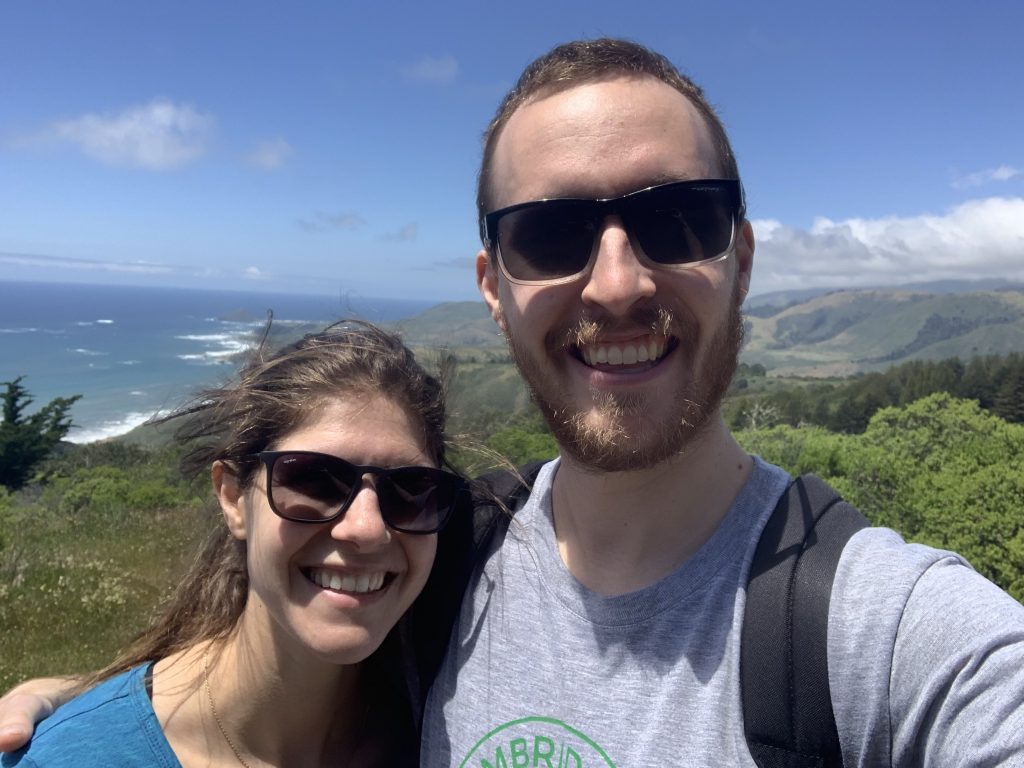
On my third date with Rebecca, she asked me if I wanted to go for a day hike. She picked me up in her 2003 Jetta (with manual transmission). It was covered in jelly stains. That morning she had decided to make a PB&J with old wraps she had leftover instead of bread.
I could sense a frugal pattern already.
During the hike, she then told me about the 3 months she took off from work to travel between jobs. By the end of our hike, I was pretty confident that she would be interested in FIRE.
So, I made the bold move of telling her about it on the drive home. Her reaction was skeptical, but not closed-minded.
Over the next few months, I talked a bit about it but mostly tried to give her space and time to learn more about it on her own.
I also made her a pretty terrible PowerPoint presentation about FIRE that took about 4 times longer than I expected because she asked a ton of great questions. Unfortunately, it didn’t stick right away.

My lifestyle of biking in all types of weather, wearing ill-fitting clothes until they have holes in them, and preferring free food over all other types of food understandably did not appeal to her.
After reading a few chapters of the book Playing With FIRE (which a friend gave me in the spring of 2019), I knew this would be the book to sell her on FIRE. After reading it, Rebecca realized that there were different ways to pursue FIRE. Her way didn’t have to look the same way as mine.
The rest, as they say, is history.
2. Can you tell us about your recent decision to quit your jobs earlier than intended? Why did you decide to make this decision?
Joe: We would spend hours dreaming of what our life would be like once we retired. We wanted to travel, spend time with family, volunteer, and most importantly, move to a place that better suited our desired lifestyle. It was easy to hop on board with Rebecca’s dream to live near the mountains.
All this just simply couldn’t happen until we hit our collective 25x net worth target (or so we thought).
Before we get into our decision to quit earlier, I’d like to provide some context.
Rebecca and I were both extremely lucky in that we’ve had high-paying careers and a low appetite for spending, even before finding out about FI.
For example, I had $22,000 in student loans which I paid off within one year of working with a $65,000/year starting salary.
Rebecca spent slightly more than I did but kept her spending pretty tight in general. She was blessed with no student loans as well as the great fortune of having a family inheritance. This inheritance wasn’t enough to retire, but it did reduce her timeline by about 3 years.
We both worked hard at our jobs and strategically took roles to increase our salaries.
With this really solid backbone, we were well on our way to achieving full financial independence.
In April of 2019, we worked the numbers as a couple for the first time. Our net worth target to retire was between $1.6-1.9 million. The range is a result of having evaluated the cost of living across 6 different mountain towns in the US. This meant our target date to reach FIRE was between 1 to 3 years (subject to salary increases, stock payouts, etc.)
The reason for the range lies in the cost of housing in different locations. We did our due diligence. We felt this was an extremely safe, solid, and conservative estimate.
Instead of focusing on the shorter-time frame with the lower, more achievable net worth, we became laser-focused on the upper end of the range. We wanted to be as risk-free as possible. So, we simply could not leave our high cost of living city and high-paying jobs until we hit that $1.9M.
We thought, “Three years isn’t that long, right?”
Then, in walked the Fioneers.
Rebecca: I had told Joe many times I wanted to meet like-minded financial independence folks. Sure, I had tons of mentors on the internet, but I wanted to see that these people were real!
Our local ChooseFI Boston community seemed pretty quiet, so I started getting more active. I eventually began hosting local monthly events.
This is how I met Jessica (from the Fioneers) when she joined our November 2019 meetup. Over the next few weeks, I got to know more about her and her story. She introduced me to the concept of Slow FI and what I would call “the life-changing calculator.”
The Fioneers’ calculator is designed to help you understand your Coast FI number and how much income you’d still need to generate if you took a semi-retirement approach. It takes your current investment balance, your expected active annual income (for us, salaries from our jobs), and your estimated passive cashflow (what you earn from dividends or other investments). It then pumps out the estimated active income you need to make each year until the traditional retirement age of 65.
This was the first time I heard of semi-retirement. I had no idea that with some active income each year, we could scale back our full-time jobs and partially retire even earlier than we had planned.
This sounded great!
When we actually put our information into the calculator, the results FLOORED US!
We input all 6 different mountain town scenarios. When we did this, we realized that we’d only need to generate between $200 to $8,000 per year of active income.
Here’s how our thought process went, “Wait! You’re saying that if we chose the lowest cost of living area, we could be done working today? And, if we chose the highest, we could still be done today, and we’d only need to generate $8,000 per year of active income? YES, OMG, YES, we can do that!”
We realized that we could easily generate that income by walking dogs, babysitting, doing contract work in our fields, signing-up for bank account bonuses, and/or working at a local coffee shop. The list goes on and on!
After this realization, we reduced our timeframe to quit our full-time jobs from over two years to 6 months. These 6 months would give us time to create our plan of “attack” before actually quitting.
3. How will your life look different over the next couple of years?
Rebecca: Instead of working our full-time jobs for the next two years, we now have the freedom and opportunity to really explore all our options.
Over the next year, we plan on spending a month in each of the 6 cities that interest us. We hope that will give us ample time to find a place we really love, while also getting to ski lots of mountains on our annual ski pass.

We’ll get to spend quality time together, explore the outdoors, and begin to focus on fun side projects as well as volunteering. We also have two back-to-back weddings in Europe next year (COVID-willing), so now we get to package those with an extended vacation.
We also plan to hike the John Muir Trail.
If we were still working full-time, we wouldn’t be able to do any of these things. This is a rough plan, and we know that we can change it anytime we want or need to.
4. How has this decision impacted your quality of life?
Joe: Right now, we’re in the middle of a transition period. Rebecca is no longer working, and I’m still pounding away at my computer every day. This has made it somewhat of a mixed bag.
To prepare for our big road trip, we’ve spent a lot of time over the past few months downsizing our lives by selling off or giving away the vast majority of our possessions. This is both rewarding (I just got $110 for an old grill with an empty gas tank!) and exhausting (why do I own so many pairs of sneakers?).
Rebecca says that she sometimes feels pressure to be productive when she sees me working all day. But, after three straight hours of Zoom meetings, I get insanely jealous of her occasional afternoon nap.
I know the finish line is close, but there’s still so much to do. It feels overwhelming. In a few weeks, I’ll no longer be working, so I’m looking forward to being able to sit back, relax, and not worry about getting woken up at 3 AM by a work page.
5. How did your pursuit of FI help or hinder this decision to quit your jobs earlier than reaching Full FI?
Rebecca: We were definitely on the traditional FI path. We earned a high income, spent very little of it, and invested the rest.
I didn’t understand that there were other options out there. Growing up, I thought you worked until you were at least 65, and that was it. After discovering FIRE, I thought you worked until you had a comfortable 25x net worth.
I was still seeing things in such a black and white way.
I wasn’t aware that there was a whole spectrum of flexibility when it comes to achieving financial independence.
The basic math helped me to understand the opportunities. We could strive to save the additional $200,000-300,000 all at once so that we could generate the additional passive income we needed. OR, we could earn $8,000 per year in active income. And potentially even less than that.
Breaking up such a large chunk of money into small amounts made leaving our jobs earlier feel so much more attainable. When I thought about 6-figures, I needed to cling to my high-powered real estate job. When I started thinking in terms of 4-figures, success looked different.

I realized I could be successful at walking dogs! I love dogs, so, of course, this would bring me happiness.
This mindset shift was extremely life-changing for me.
6. Why and when do you think someone might consider “downshifting?”
Rebecca: Some of you might wonder why we wouldn’t stick it out since we were so close to our $1.9 million target. It’s not that easy.
As we got closer to our FI number, it felt like it got harder and harder to stay the course. It was like running on a treadmill at mile 21 of a marathon and getting no relief. If you are far away from your FI number and you feel stuck, chances are you won’t feel any less stuck as more time passes, if you don’t make life changes.
If you aren’t progressing or growing in a way that’s important to you, that would be a really good time to take a moment and ask yourself “Why am I pursuing FI anyways”?
Then, consider those values and think about how you could alter your lifestyle to prioritize those values sooner.
7. What advice do you have for someone considering a similar decision?
Rebecca: As I write this, we’re in the middle of COVID. I’m also battling a leg injury. I can’t be with loved ones, and I can’t be active outdoors.
Today, I woke up in my urban apartment thinking “What am I doing with my life?” I’m no longer working, but COVID and health issues are putting a pause on my plans. I waited to chase my dreams, and now I’ll have to wait a little longer.
Here what I’d say: You never know when your health might fail you, a pandemic might sweep our world, or age might get the best of you. This experience has further cemented my desire to move and grow my life in a way that brings me happiness.
Start by being informed about your numbers. Figure out a few life scenarios based on what’s important to you. Once you see what’s really required of you monetarily, you might be able to start making shifts now.
We both realize just how lucky we are to have the privilege of being able to retire in our 30s. This is not necessarily possible for everyone. But if you do earn enough income, and can commit to saving, being able to downshift should be very possible.
8. If anyone wants to stay in touch and follow your journey, where can they find you?
Rebecca: I run a financial literacy program called Yield & Spread. After learning the power of investing and the freedom it gave me, I really wanted to give back, so this is my way of doing that. All proceeds from the course go to the charity The Life You Can Save. Check it out if you’re interested!
Thank you so much Rebecca and Joe for sharing your story!
I am so excited to share this Slow FI interview because I think their story is so unique. People who are very close to full FIRE don’t often make decisions to slow down and improve their lives. I often see people say things like, “Well, I’ve made it this far. It’s only two more years.”
This is also the first Slow FI interview featuring someone who decided to embrace a Slow FI philosophy because of the message that we share on the Fioneers! It’s such a huge honor to know that we were a part of their learning process.
When I first learned about semi-retirement, my thought process was quite similar to Rebecca and Joe’s. At the time, I still assumed that we needed to reach full FI before making more significant changes than we’d already done (i.e. me deciding to work part-time). Yes, we were going to enjoy the journey to FI, but we still planned to reach Full FI in the next 10-12 years.
Then, I read Work Optional. In the book, Tanja explained the concept of semi-retirement. It’s such simple math, and I was hooked.
For example, the simple realization that $200,000 within a portfolio will generate $8,000 of passive income each year without depleting your assets (using the 4% rule). Therefore, someone could also decide to live a semi-retired lifestyle with $200K less in their investments stash if they are willing to generate $8,000/year in active income.
Financial independence is not all or nothing. Semi-retirement is one great way that we can grab hold of the freedom that we gain along the way to FI to improve our lives before reaching full FI and retiring early.
Rebecca and Joe could have continued to frontload the sacrifice to achieve full FI and retired early in two years. Instead, they decided they could generate $8,000/year of active income doing things they’d enjoy more that would provide them with the lifestyle they wanted.
Most people end up making money once they’ve retired early, so why not take advantage of the freedom earlier?
I also love the discussion about redefining success. When we are looking at a 6- or 7-figure number that we need to save, success means something very different than if we think about it as 4-figures of income each year. When we break it into bite-sized chunks, success becomes a lot more about our happiness and building a life we love.
This is the same reason why I love the idea of passion projects as side hustles. I call this a “Passion Hustle.” My goal for my passion hustles is to generate income doing only things I enjoy that I’d do anyway even if I retired early.
Being able to generate 4-figures doing things you enjoy could enable you to transition to a semi-retired lifestyle years earlier than reaching full FI.
Figuring out how to generate 5- or 6- figures doing things you enjoy, would enable you to fully transition to entrepreneurship and/or live a Coast FI lifestyle.
This is my goal. I’m currently generated in the low 5-figures annually from my passion hustles. I’m excited to keep building that to see if I can cover our full expenses. If I can’t, the fallback is to semi-retire. I’ll have to say that’s not a terrible back-up plan.
Either way, I will get to live my ideal lifestyle long before reaching full FI and retiring early.

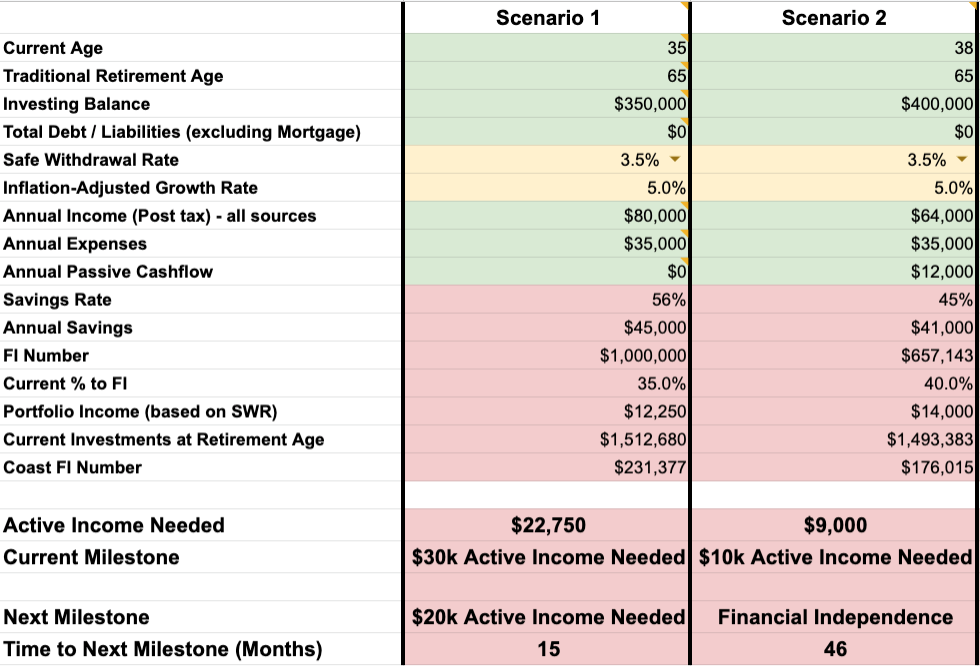
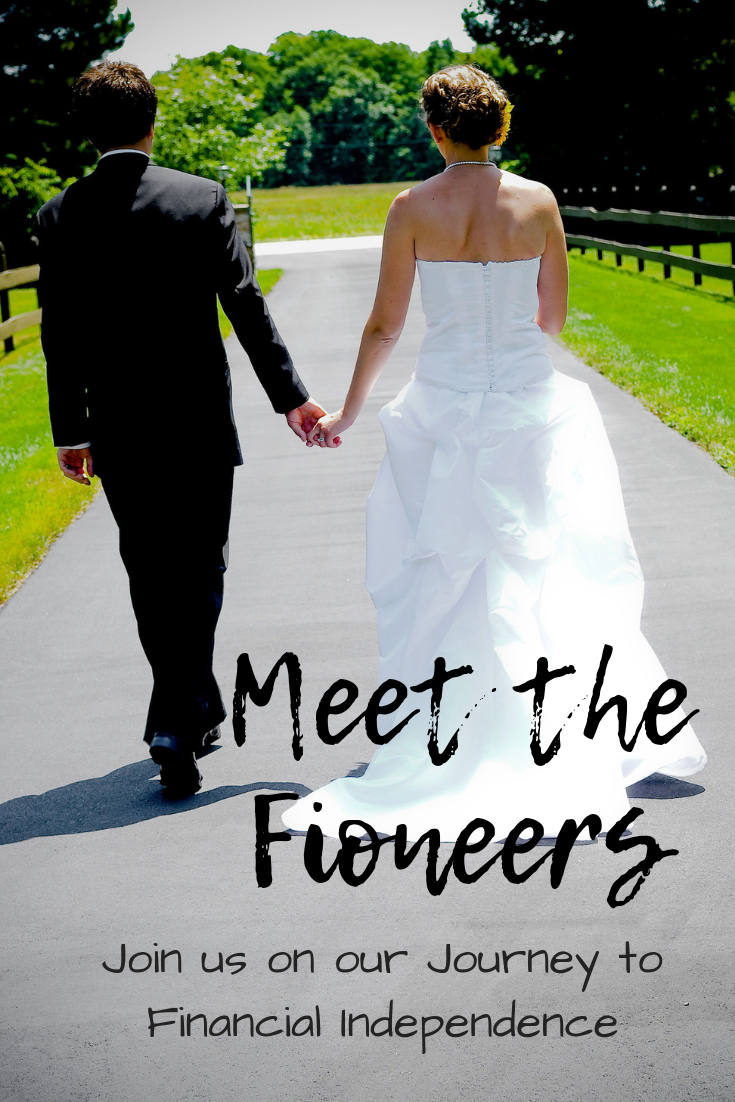
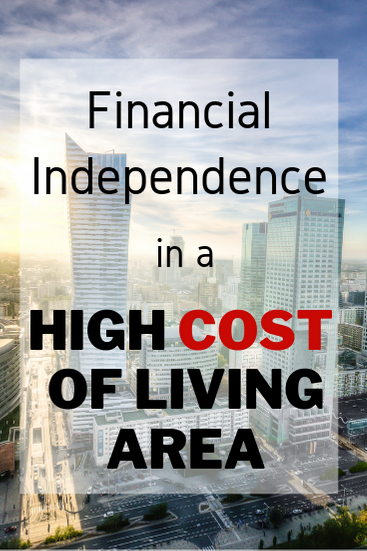
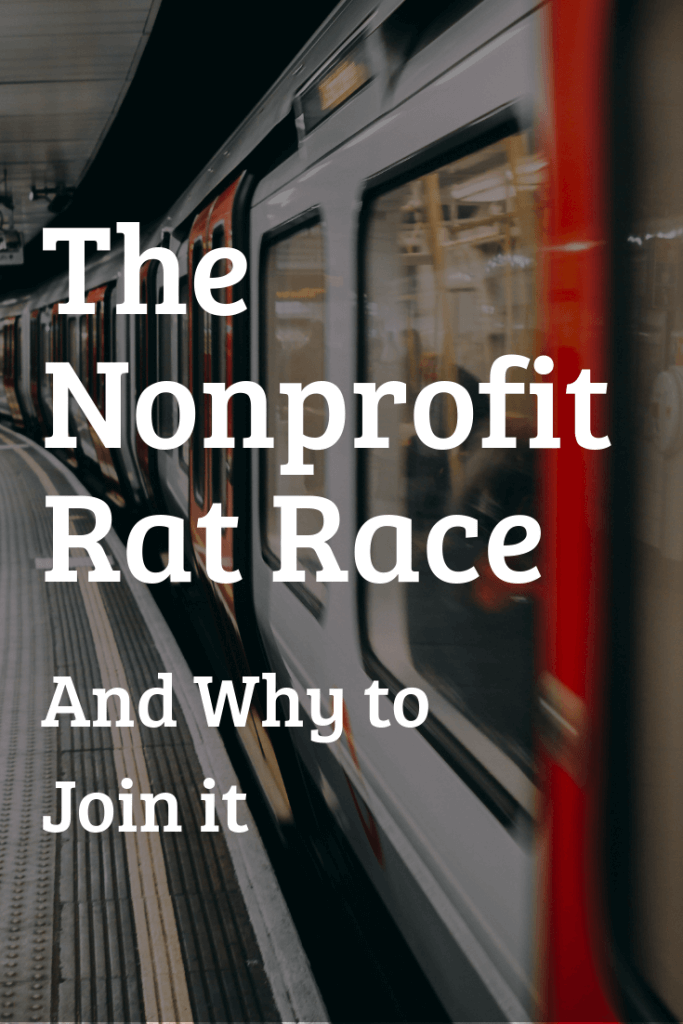
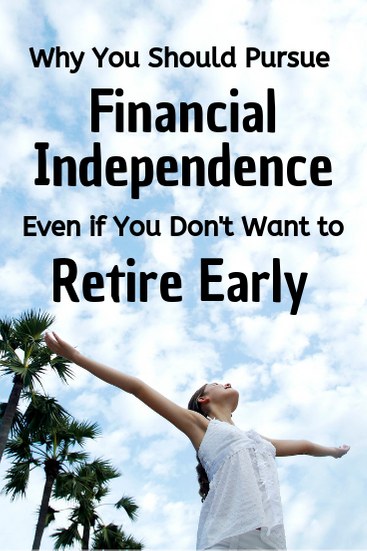
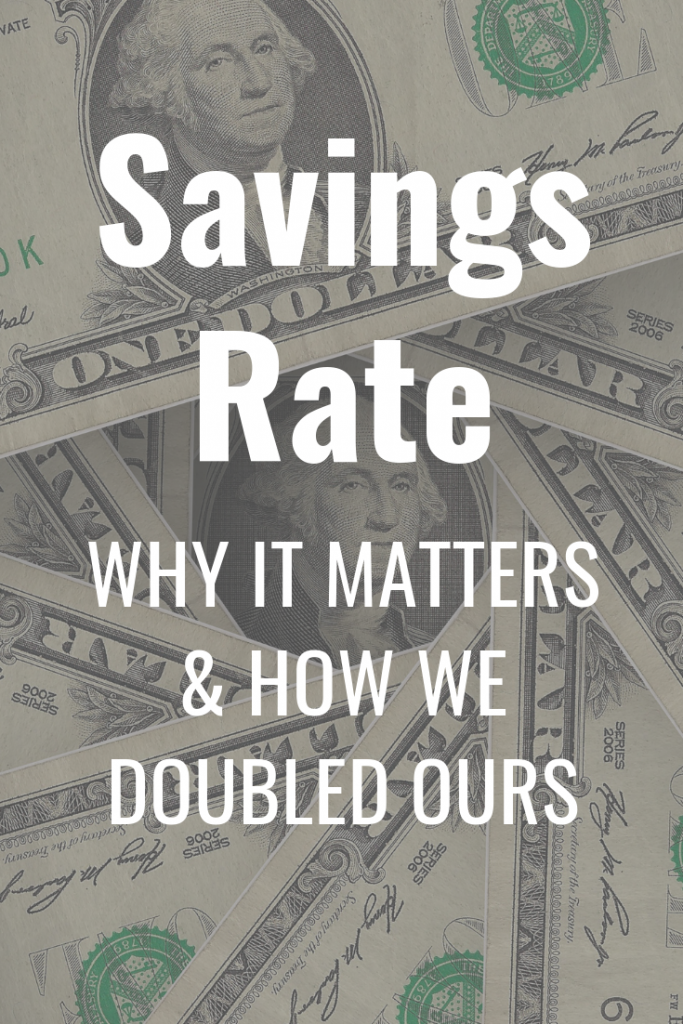
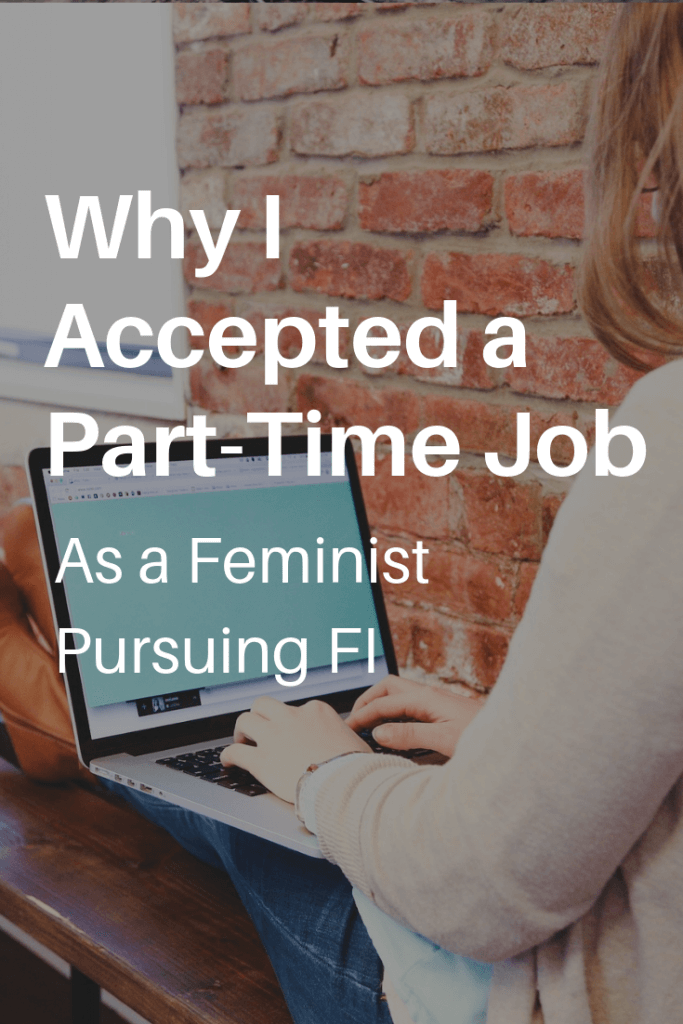
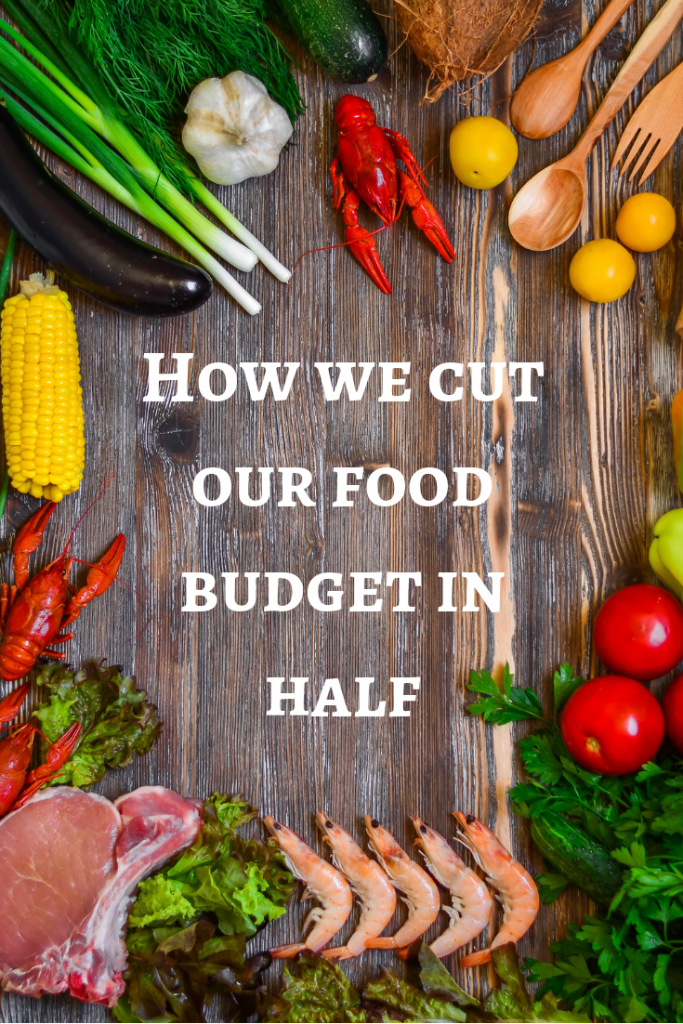
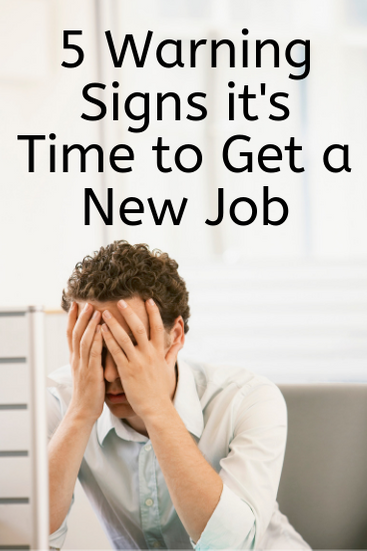

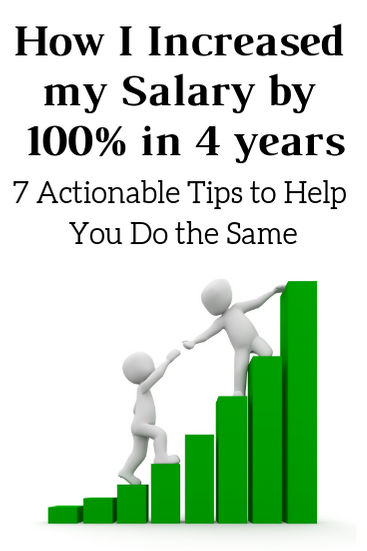
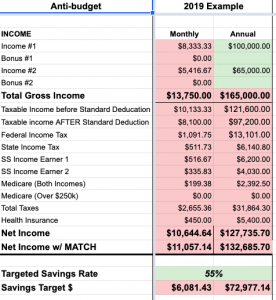

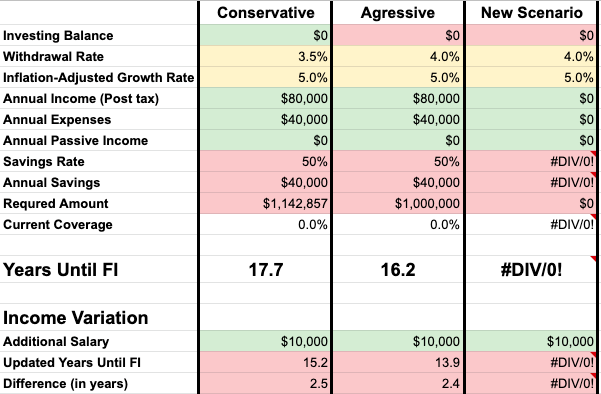
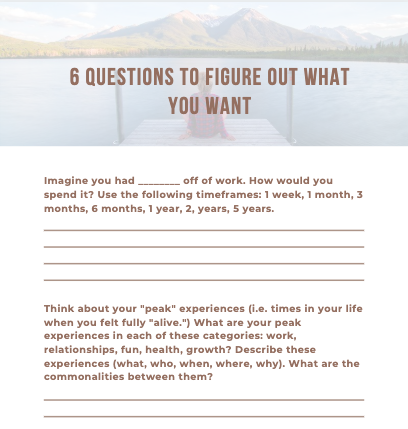
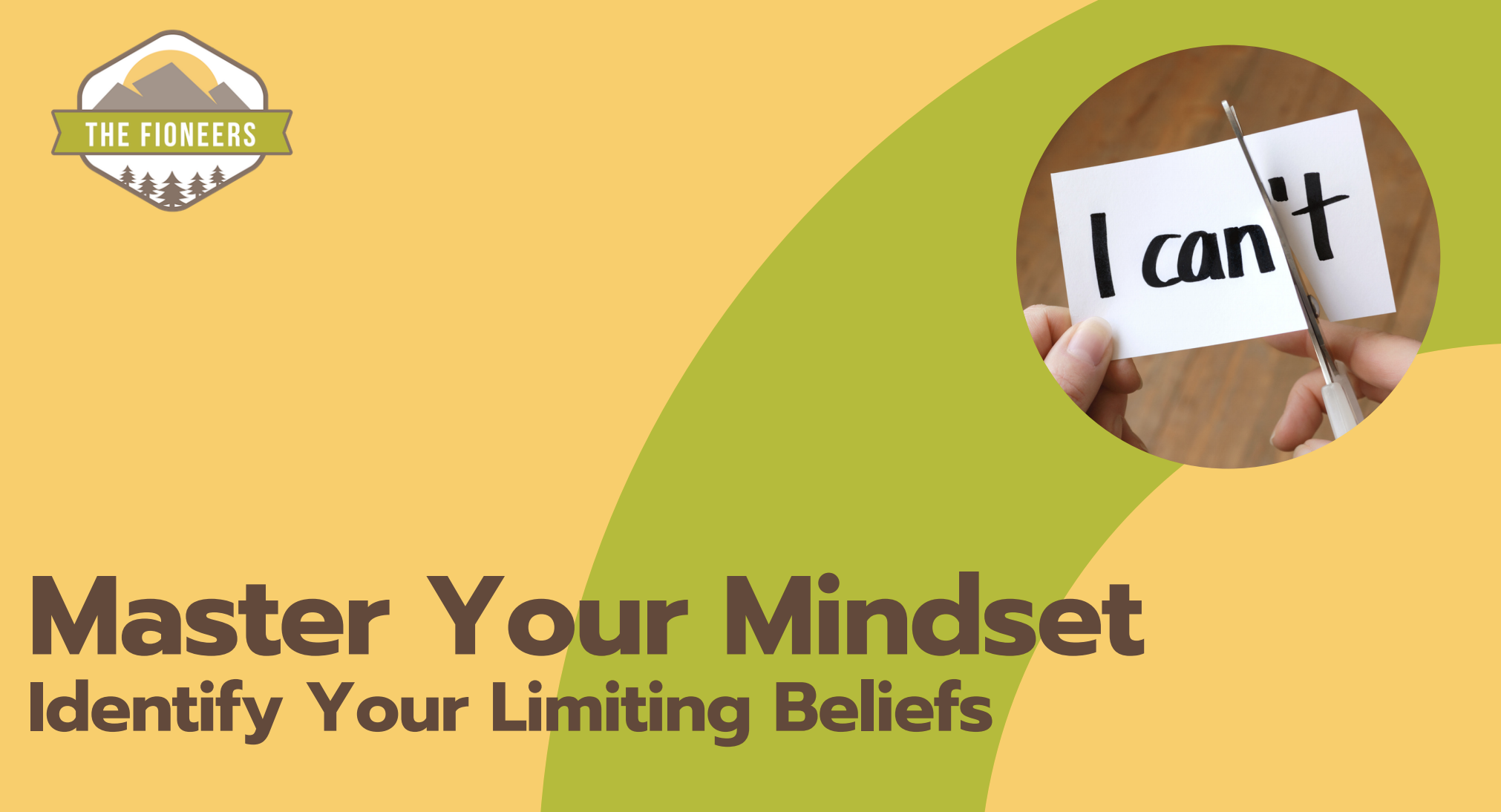
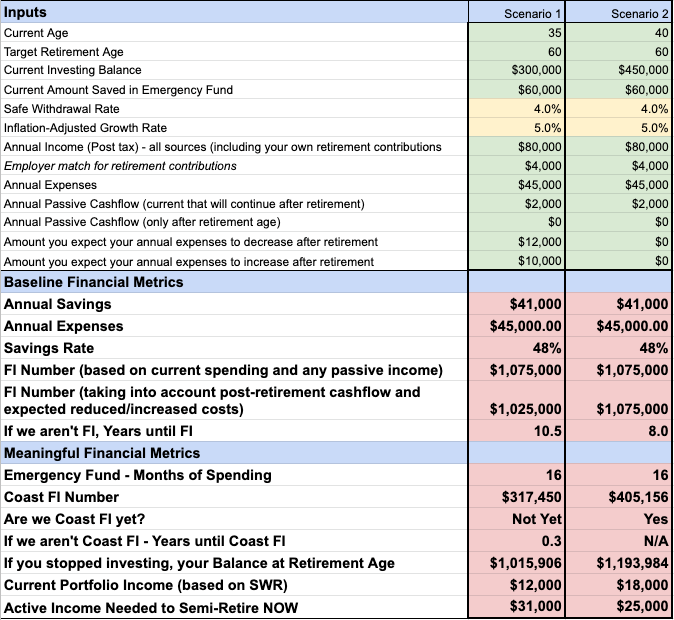
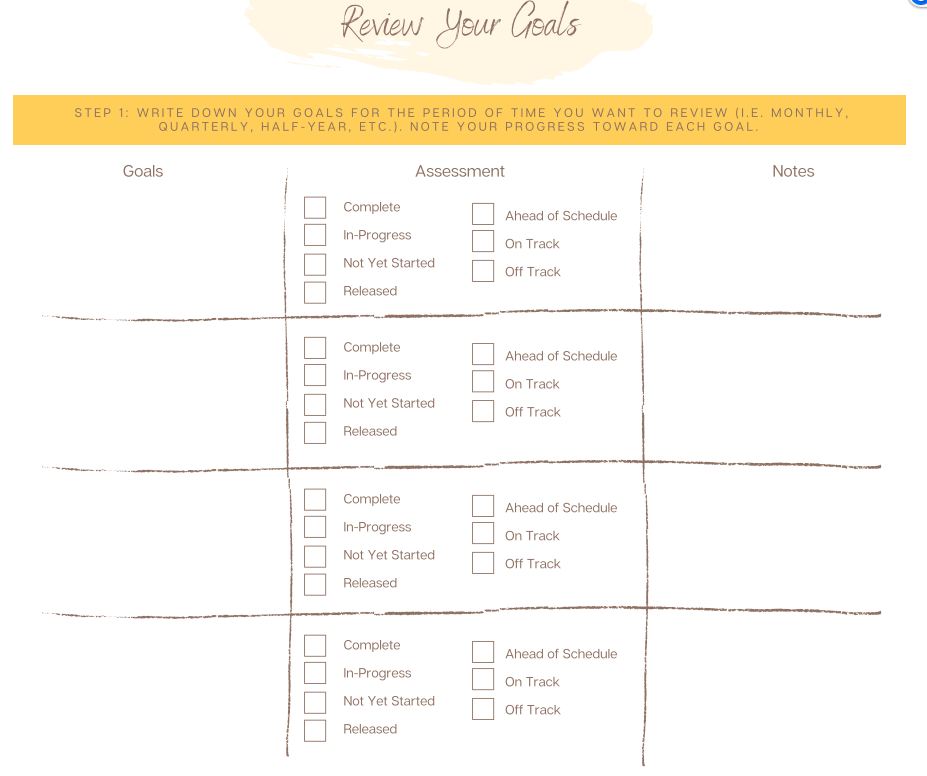
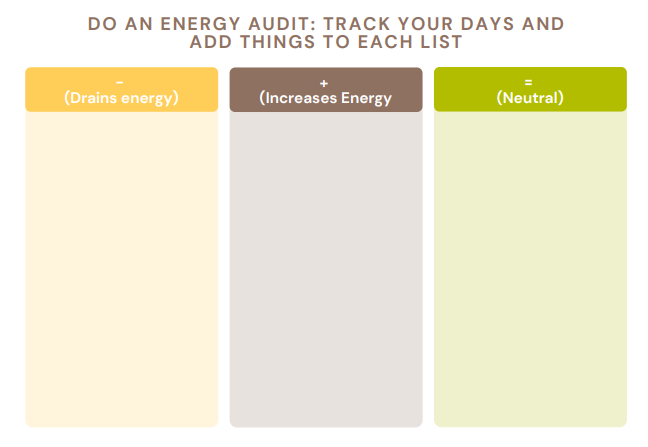
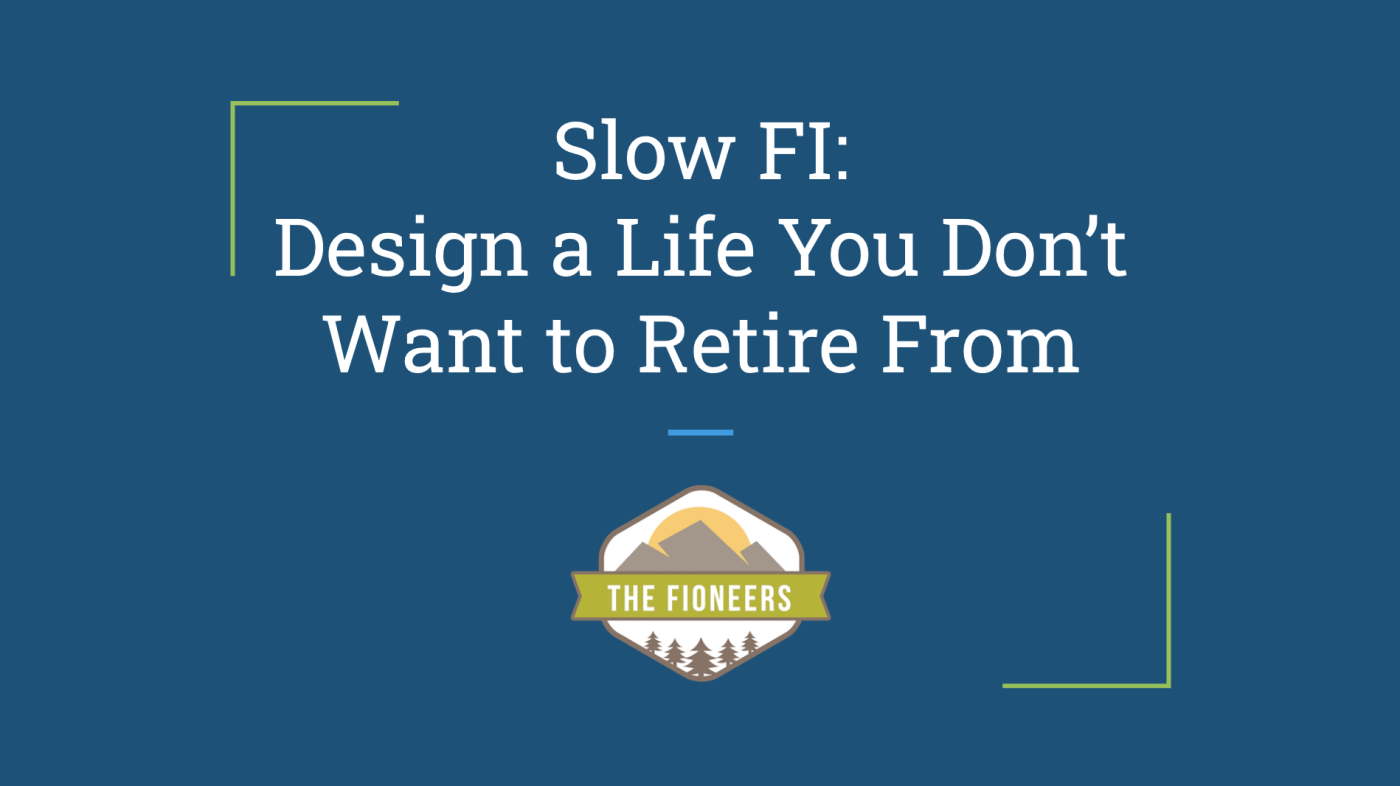
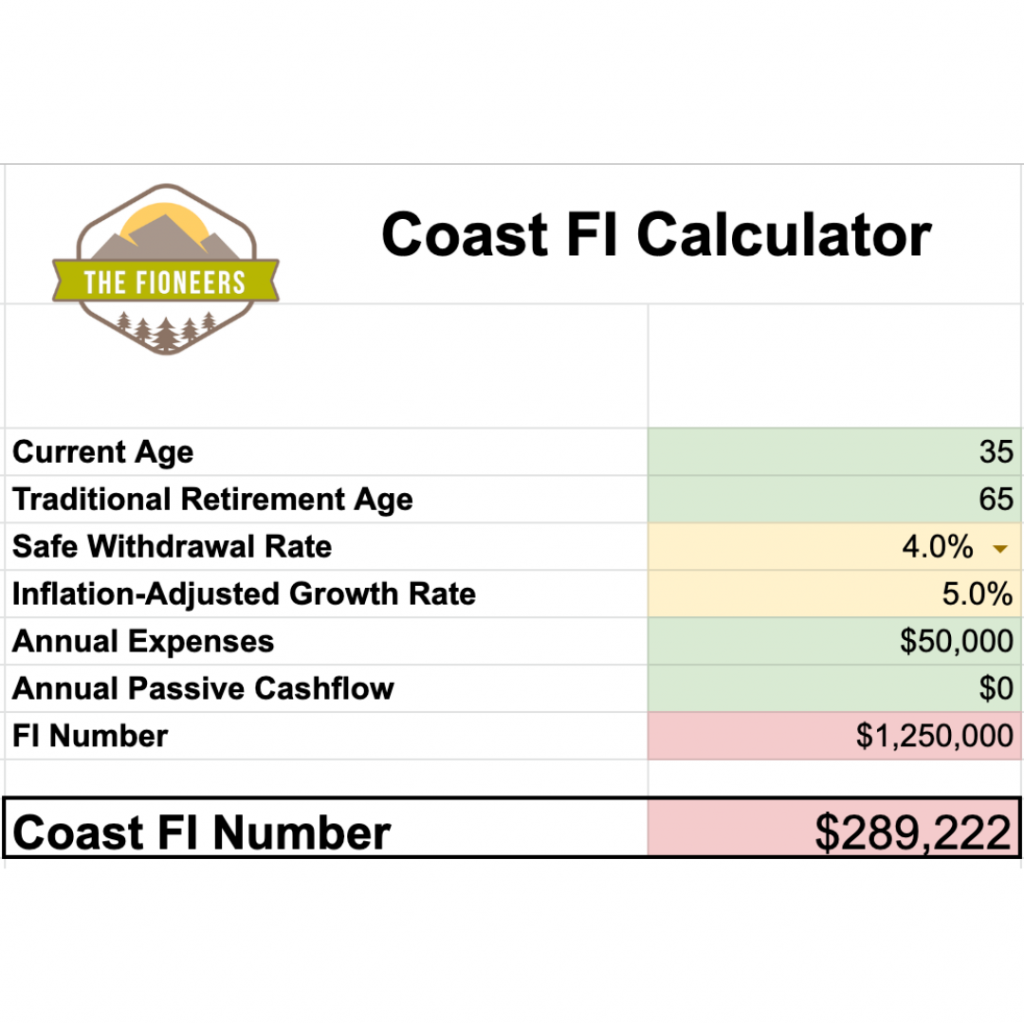



Such a great story, only to be complimented by the fact — and a total surprise — that I work(ed) with Rebecca in the commercial real estate office she mentioned in Boston and had no idea we had similar FI interests! (I will be semi retiring by year’s end… man, that office is going to miss us!) She’s incredible — as this story and her insights illustrate — and I wish her and Joe the best.
What a great story! Thanks for sharing, and please keep exploring these many different paths to FI! It’s exciting how many possibilities there really are within this community; it just comes down to priorities.
Kate,
Thank you so much for the comment! Yes, I absolutely love the diversity of the stories. I love getting to learn about different people’s stories and then deciding how I might want to apply some of the principles to my life.
Best,
Jess
Such a great point about being close to FIRE and feeling like you need to just muscle through a couple more years. I’m in that boat now. I think I’ll stick it out for a few more months to make sure I have enough free cash to see me through a year-long hiatus, but I’m starting to think an earlier-than-planned exit followed by a little work in semi-retirement is better than wasting more time in full-time employment than necessary or worse, waiting for a day that may never come.
Hey Kathleen,
Thanks for sharing your comment! I’m so happy to hear that you are considering this. I do think that it’s never been easier to generate some active income through the gig economy and by starting a passion project that could generate a little income.
I wish you the best,
Jessica
Thank you so much for sharing this ! I too am about $200K away and hadn’t thought of it in terms of being only $8K per year in active income. I still need some time to map out my plan, but with this knowledge in hand, I’ll be handing in my resignation in the next few months. 🙂
Hi Amy,
That’s wonderful to hear! Congrats!
Jess